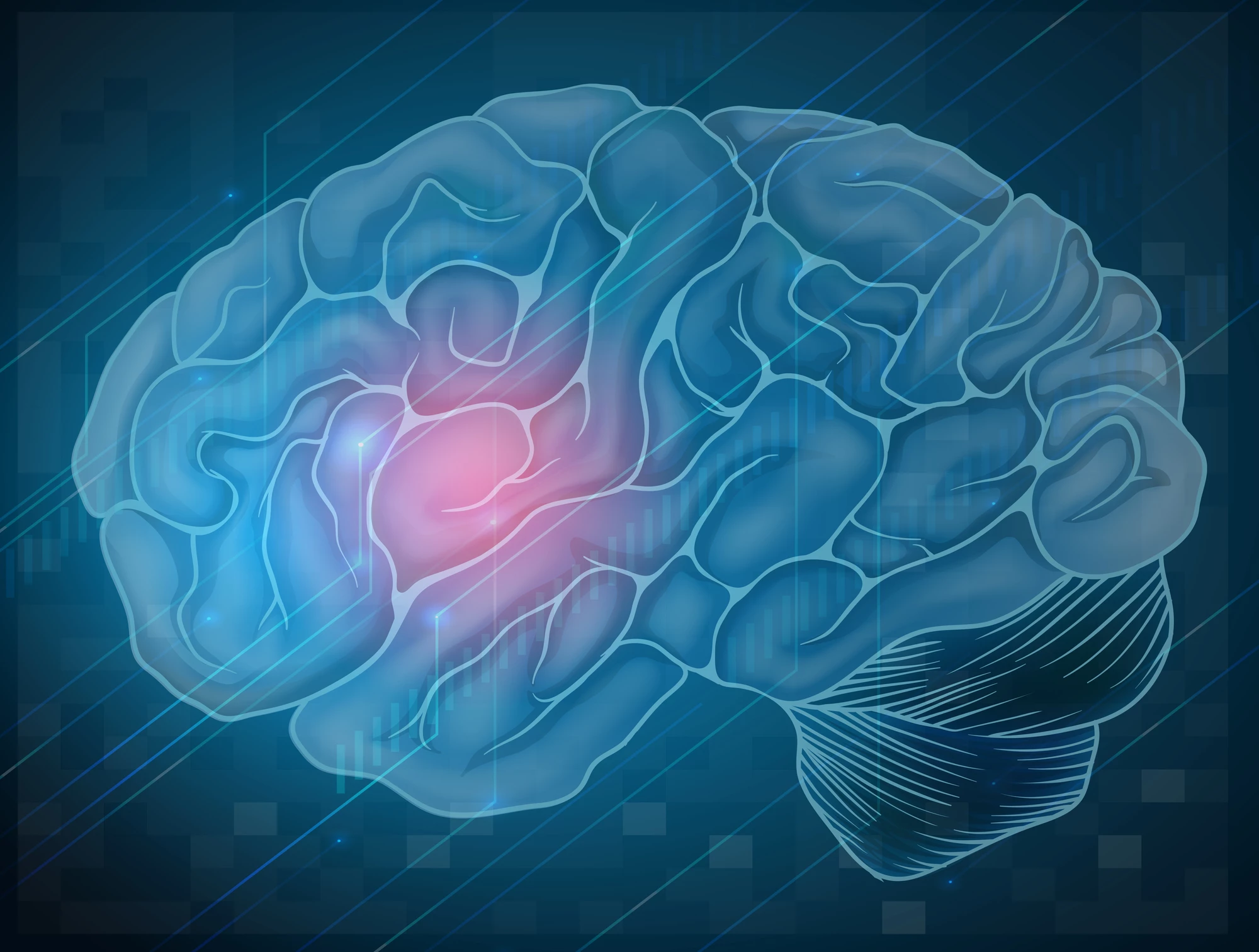Some of the most devastating health effects of a stroke or heart attack are caused by oxygen deprivation in the brain. Now, researchers at Massachusetts General Hospital (MGH) have identified an enzyme that may naturally protect the brain from oxygen deprivation damage, which could be a potential drug target to prevent issues arising from strokes or heart attacks.
Like many scientific breakthroughs, the new discovery came about while investigating something else entirely. The team was looking into a study from 2005 that found that a state of “suspended animation” could be induced in mice by having them inhale hydrogen sulfide. In the new study, the researchers set out to investigate the longer-term effects of that exposure.
The team exposed groups of mice to hydrogen sulfide for four hours a day, for five consecutive days. The suspended animation-like state followed, with the animals’ movement slowing and body temperatures dropping.
"But, to our surprise, the mice very quickly became tolerant to the effects of inhaling hydrogen sulfide," says Fumito Ichinose, senior author of the study. "By the fifth day, they acted normally and were no longer affected by hydrogen sulfide."
But there was an even weirder effect – these mice could also better tolerate severe hypoxia, a lack of oxygen that would normally cause tissue and brain damage. Following that finding, the team next investigated what might be causing that protection.
Sulfides are already known to accumulate in the brain during hypoxia, so the team’s leading hypothesis was that breathing hydrogen sulfide was boosting levels of enzymes in the brain that metabolize sulfides. And when they checked, the researchers found that levels of one enzyme in particular, called SQOR, rose markedly in the brains of mice after a few days of breathing the gas.
So, the researchers then zeroed in on this enzyme. They used gene therapy to artificially increase or decrease the levels of SQOR in mice and ground squirrels – the latter of which is a hibernating creature with naturally higher levels of the enzyme that may help it get through long winters with low oxygen.
And sure enough, when the ground squirrels’ SQOR levels were decreased, the damaging effects of hypoxia appeared. On the other hand, mice that had their levels boosted were better protected in the face of low oxygen.
In a step closer to practical applications, the researchers then tested an experimental drug called SS-20, which scavenges excess sulfides in the brain. Mice given this drug were also better protected against hypoxia.
The results sound promising, but it’s important to remember that the research remains in the very early stages. There’s no guarantee that the same effects would be seen in humans, and currently there are no approved ways to directly boost SQOR in our brains. The researchers say they are investigating SS-20 and other candidates, with the eventual goal of being able to reduce damage from hypoxia caused by events like heart attacks and strokes.
"We hope that someday we'll have drugs that could work like SQOR in the body,” says Ichinose. "For some patients, treatment with a sulfide scavenger might be lifesaving.”
The research was published in the journal Nature Communications.
Source: Massachusetts General Hospital via Eurekalert




